In this post, we will learn the difference between the common cathode and common anode 7-segment LED displays.
7 segment LED displays are one of the most widely used displays in various sectors. Be it a timetable on the railway platform, digital watch, displays in automobiles, washing machine displays, etc. Many of the products use these types of numeric displays.
7 Segment LED Display

A 7 segment display consists of 7 light-emitting diodes or LED’s. When these diodes are forward biased by an external voltage, the emission of photons occurs from them.
This produces light from them. The color of the light depends on the type of semiconductor material used to produce the diodes.
The 7 diodes are energized through programming written inside the chip. Due to its design, all the numbers from 0 to 9 can be shown on that.
To show a particular number, the corresponding LEDs arranged in the matrix are energized to brighten that part and show the number.
Below is the figure describing it. As you can see, there are 7 lines (means 7 diodes) arranged in such a way that when lit up, the corresponding number will be shown.
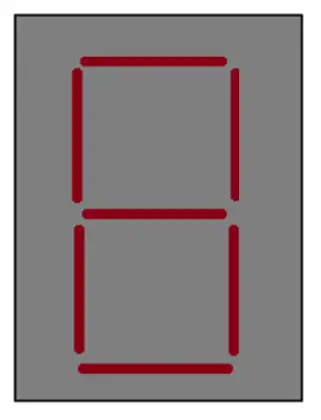
Types of 7 Segment LED Displays
Now, refer to the below image. As discussed earlier regarding powering the diodes, this type of display can be categorized into two types –
- common cathode and
- common anode.

Common Anode 7 Segment LED Display
In common anode type, the common voltage of +5V is applied to all the diodes.
Depending upon the logic, the corresponding 0V is given which power-ups the diode and light is emitted from it.
It is important to use a resistor in series with supply voltage; otherwise, the circuit can be damaged due to over-current.
Common Cathode 7 Segment LED Display
In the common cathode type, the common voltage of 0V is applied to all the diodes.
Depending upon the logic, the corresponding +5V is given which power-ups the diode, and light is emitted from it. It is important to use a resistor in series with supply voltage; otherwise, the circuit can be damaged due to over-current.
Difference between them
So, in the CA display, LED glows when we apply a negative potential to the selected diode; and in the CC display, LED glows when we apply a positive potential to the selected diode. So, if you want to display 2, simply energize the LED’s – a, b, g, d, e.
Out of both, the common anode is the mostly used ones as logic circuits can sink more current than they source.
The amount of light emitted depends on the forward current applied. Higher the current, the more the light. But, a resistor needs to be used for protecting against higher current out of range. These 7 segment displays are driven by specialized chips like CMOS 4511, TTL 7447, etc.
If you liked this article, then please subscribe to our YouTube Channel for PLC and SCADA video tutorials.
You can also follow us on Facebook and Twitter to receive daily updates.
Read Next:
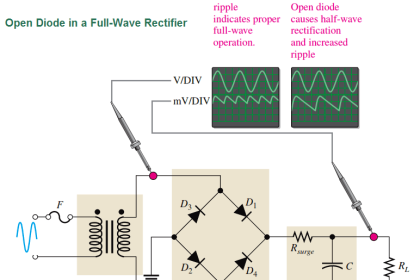
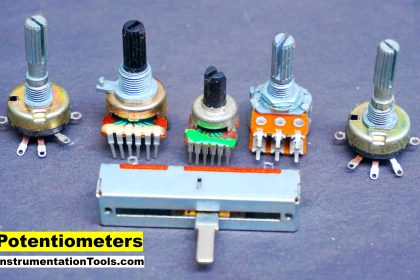

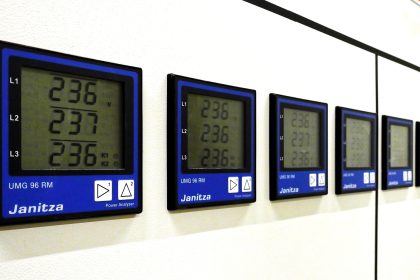
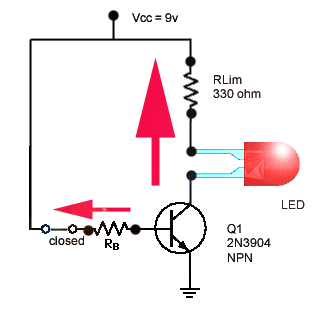
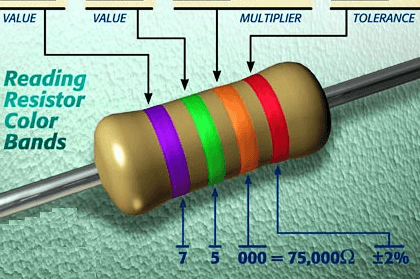
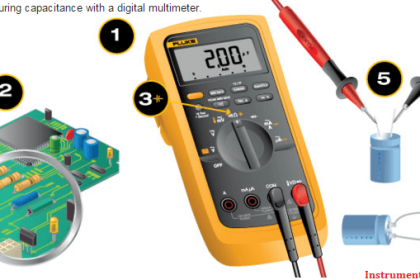

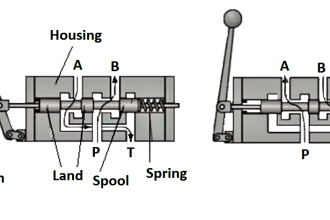

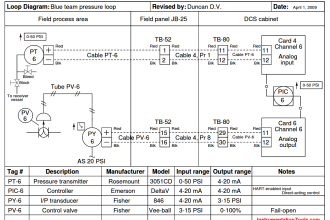

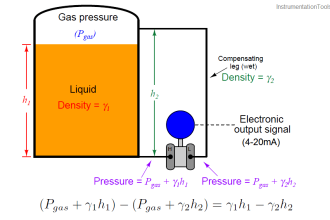
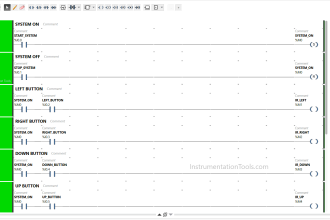

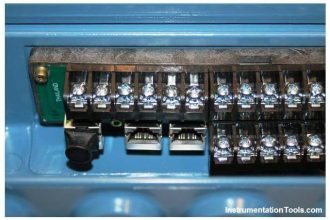

thank you for the short summery i will go and study your notes and see if it will help me in the future for i am only starting to learn this field of work